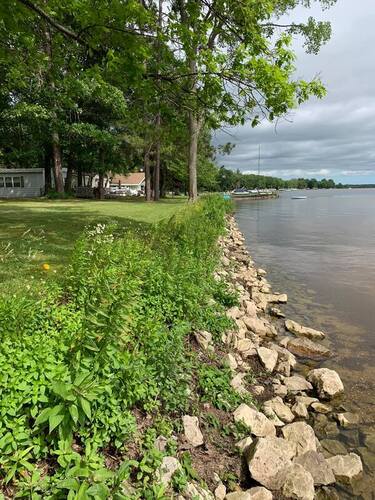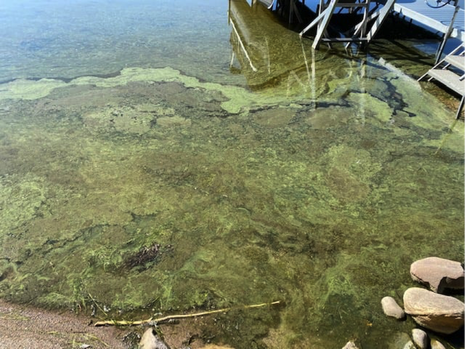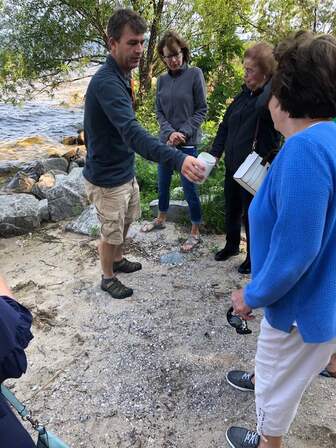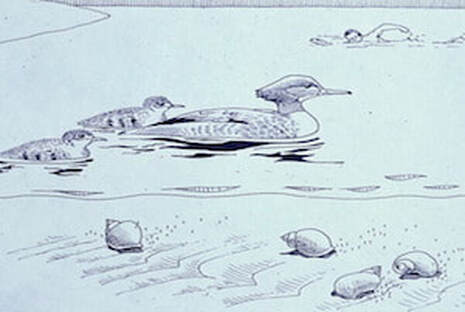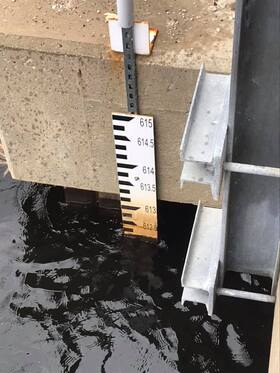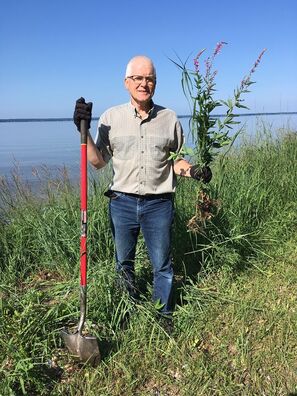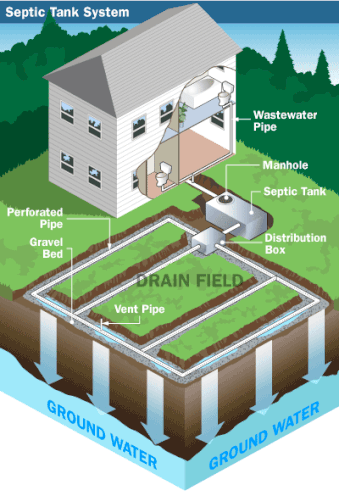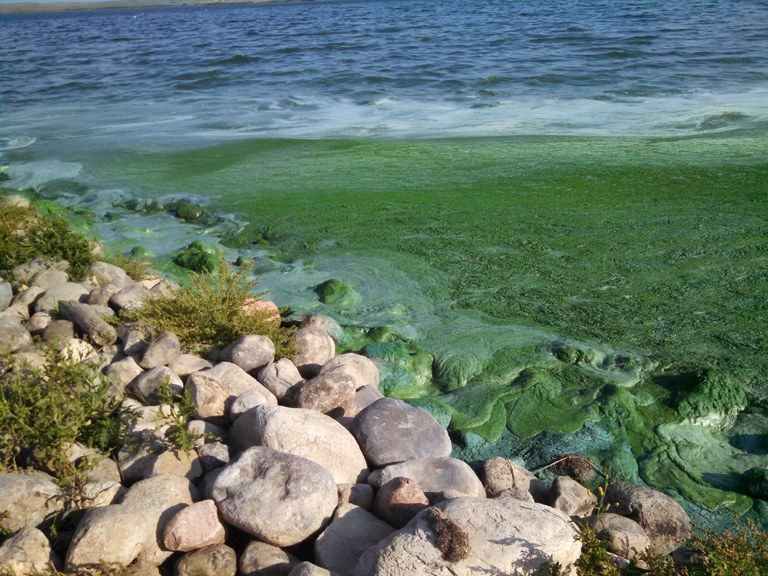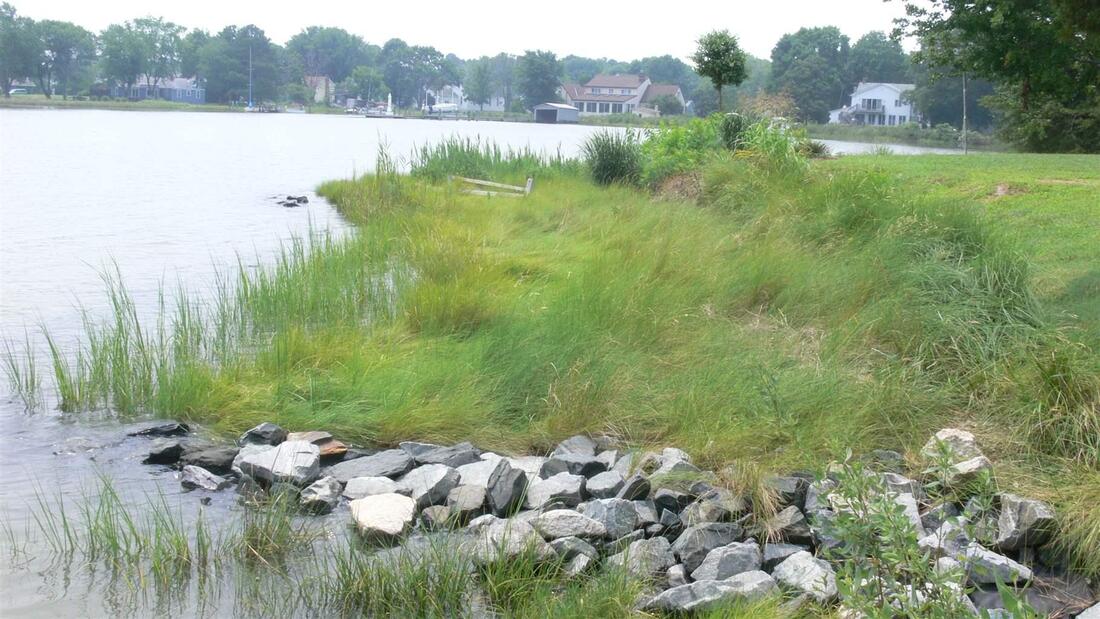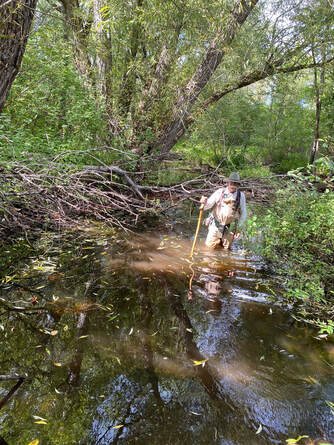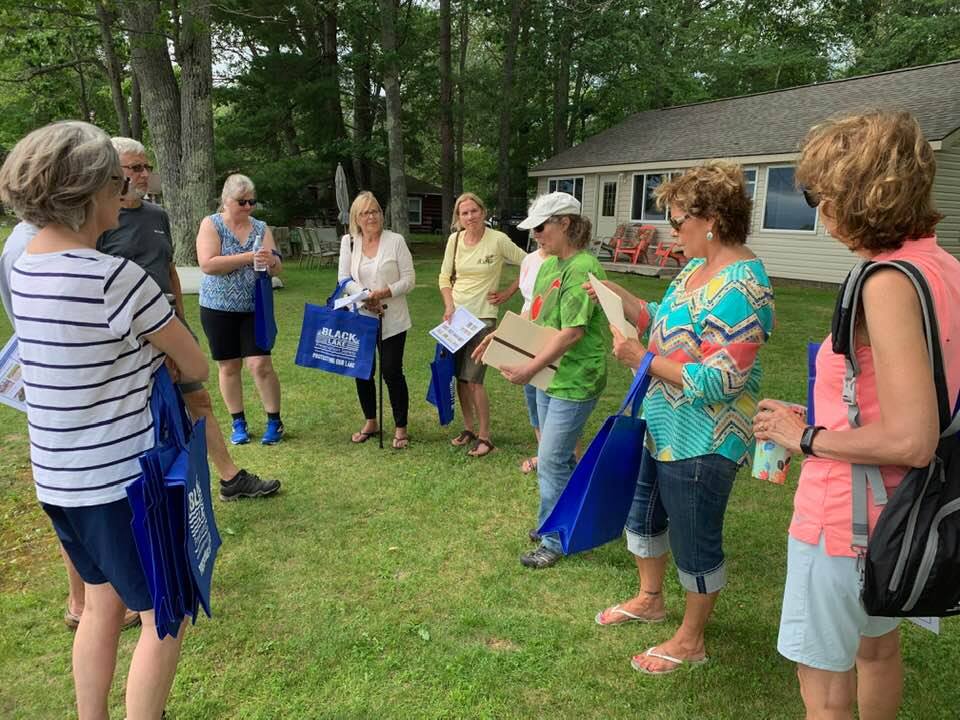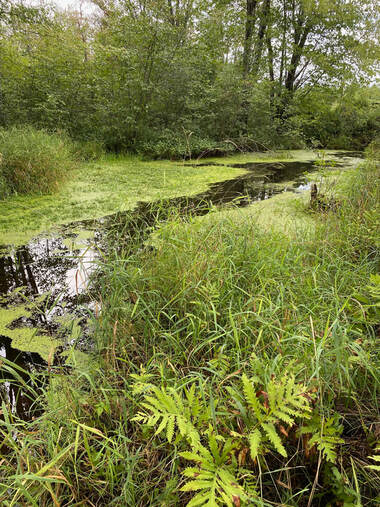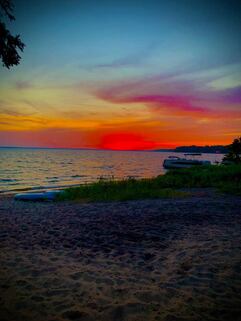12 Topics of Interest To The BLPS and Its Members
The 12 topics presented below define the scope of interest of the BLPS. Click on any of them to learn more. Each of them offers opportunities for you to help improve the preservation of the natural features of the lake and its surroundings. Please use the Eyes On The Lake feature of this website to report your observations and actions taken. Doing so ensures that there may be follow-up on your observations and recognition of your actions that contribute to the BLPS Mission.
1. Property Self Assessment |
2. Harmful Algae Blooms |
3. Swimmer's Itch |
4. Common Merganser Broods |
7. Healthy Septic Systems |
8. Fertilizer Reduction |
9. Living Shorelines |
10. Water Quality Measurement |
11. Beach Captains |
12. Land Preservation |
BLPS Members Preserve and Protect Black Lake
Most of the Black Lake Shoreline is private property. There is no government agency or non-profit group that is going to alter the impact that we, the vistors and property owners of the lake impose. It's up to all of us to decide to commit to a conservation oriented culture. To devote ourselves to keeping Black Lack natural and healthy. All lakes "age" following a natural cycle, but only we can prevent accelerated aging due to harmful behaviors and decisions.
In addition to the 12 Actions above, you can help evolve our culture of conservation in the following ways:
- Post questions and opinions and be part of the conversation on Facebook
- Providing financial support at the DONATIONS page of the website. This page allows you to contribute either to an individual Program or to the General Fund that is shared among the greatest needs of all of our Programs. Note that the BLPS diligently pursues grant money for matching funds for our projects.
- Periodically visit the website to gain a deeper understanding of our Programs, to keep your membership current, to check on our calendar of events, and to learn of opportunities for volunteering
- If you have an idea, would like to join our leadership team, or you'd just like to meet one on one or with a group of friends and neighbors with one or more of the BLPS Leaders, go to the CONTACT page and let us know how we can help you.
Consider Joining Our Leadership Team
|
The leadership team of the BLPS makes sure our activities are impactful and rewarding for members. The team ensures that we get the most that we can from the effort and financial resources offered by our members. You decide how much time to put into it and what you get out of it. Give back to our community by serving in our Leadership Team! |
